NEWS Study, Study on Sensors, and Occupational Chemical Exposures
i. NEWS Study
The Hoffman team embarked on a 5 year longitudinal epidemiological cohort (n > 500) (Nurse Engagement and Wellness Study, or NEWS) of predominately Hispanic student nurses in collaboration with the University of Texas El Paso (UTEP), School Of Nursing. Student nurses were followed for two years during the student nursing program and one year as professional nurses.
About the Study
This research study explored how stress caused by social and environmental factors can interact with chemical exposures and affect our body. Chemical exposures included those encountered at work and the use of personal care products. Researchers documented stresses in early life as well as work, school, and life stress. Recent studies have shown that exposure to stress early in life may increase the risk of chronic illness later in life and there has been documentation that many environmentally sensitive individuals relate to traumatic experiences early in childhood. We are particularly interested in understanding how the interactions of stress and chemicals make us more susceptible to inflammation, and how inflammation may accelerate the development of environmental sensitivity symptoms. Why Nurses? Nurses provide an ideal study population to assess environmental sensitivities as they often encounter chemical exposures during their work activities along with high levels of stress.
Latest Publication:
Kazemian, N., Zhou, T., Chalasani, N., Narayan, A., Cedeño Laurent, J. G., Olvera Alvarez, H. A., & Pakpour, S. (2024). Long-Term Impact of Childhood Adversity on the Gut Microbiome of Nursing Students. International journal of environmental research and public health, 21(1), 68.

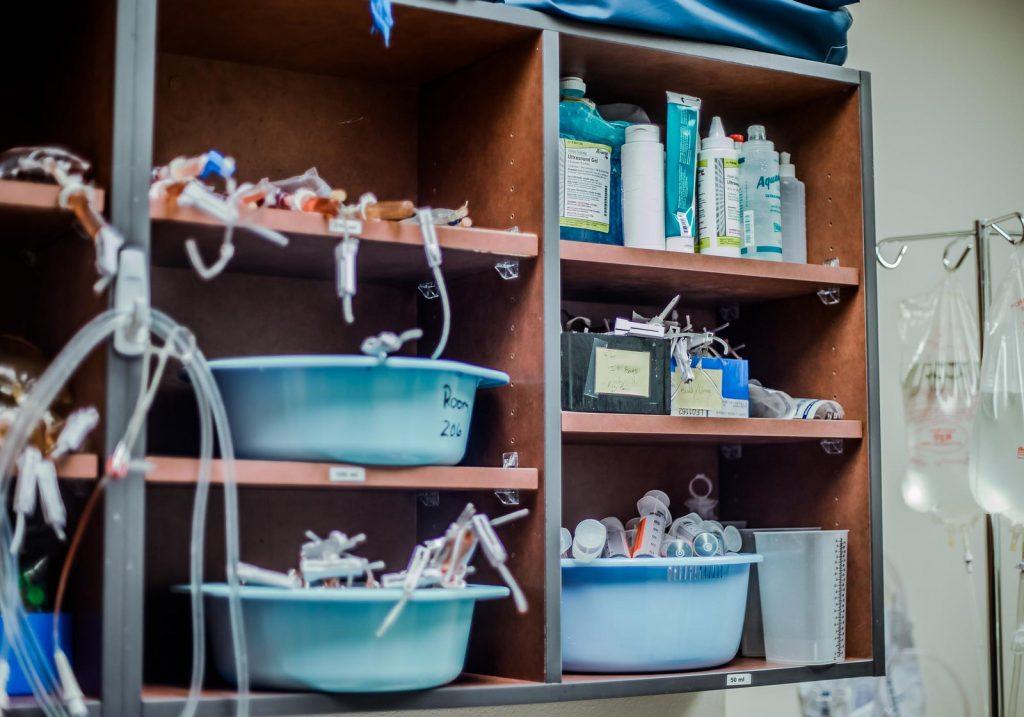
Human Gut Microbiome
The human intestine is the home of approximately1014 bacteria, which represent a major source of genetic and metabolic diversity in human populations and have a critical role in preserving homeostasis. Over the past decade, newly developed culture-independent genomics techniques such as 16S ribosomal ribonucleic acid (16S rRNA) gene sequencing and metagenomic sequencing, have provided a broader and more comprehensive picture of the whole community landscape of gut microbiota.
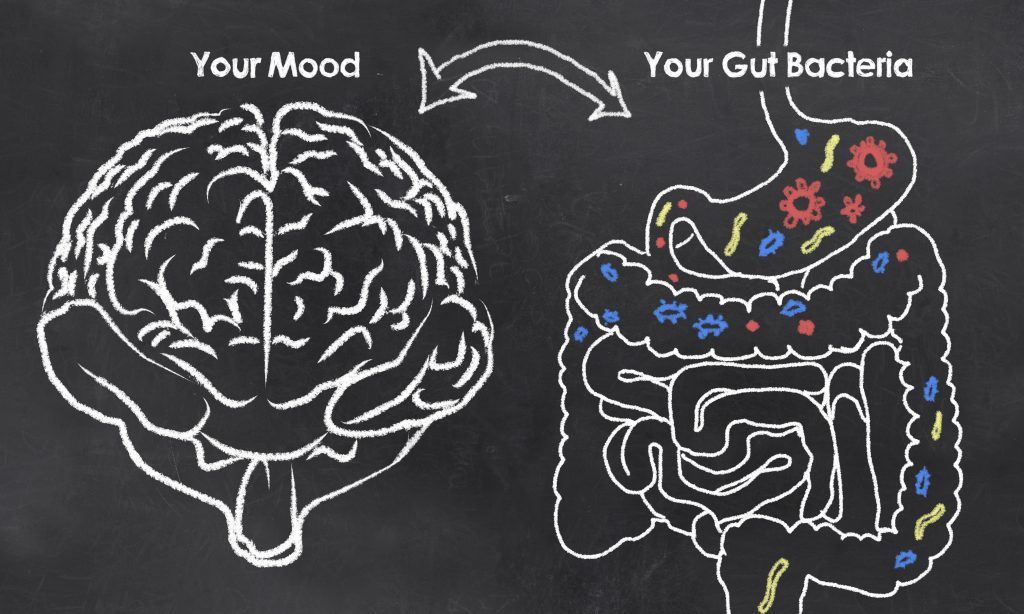
Recent animal studies have provided evidence for the interaction of gut microbiome with components of the gut-brain axis, which can modulate functions of the GI track, CNS circuitry, autonomic nervous system (ANS) and immune system. This led to the hypothesis that gut microbiome may be involved in the etiopathogenesis of various chronic inflammatory and autoimmune diseases, many of which are commonly associated with MCS. As part of the NEWS study, we are exploring the interaction between the student nurses’ gut microbiome and their early life adverse experience, and how the differences observed in different groups may be associated with chemical sensitivities and other health outcomes in adulthood.
Our Collaborators
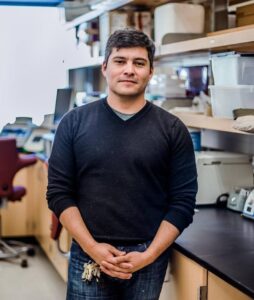

Dr. Hector Olvera is a Senior Associate Dean for Research, School of Nursing in Oregon Health & Science University (former Associate Professor, Director of Research of the School of Nursing, Center for Environmental Resource Management at the University of Texas, El Paso). Dr. Olvera is interested in understanding the combined role of psychosocial stress and environmental factors (e.g., air pollution) in the connection between low socio-economic status (SES) and health outcomes across the life span. Currently, his work focuses on disentangling the biobehavioral pathways through which these social and environmental factors interact to cause health disparities. Building on a broad research experience, skill set (e.g., environmental and social epidemiology, exposure science), and mentorship, he recently structured a set of interdisciplinary conceptual frameworks that jointly explain how socially-disparate susceptibilities — like early life stress — can amplify the impact of environmental factors — like air pollution — on cardiovascular health. Webpage: https://www.ohsu.edu/people/hector-olveraalvarez-phd-pe
Dr. Sepideh Pakpour is an Assistant Professor in the field of Biomedical Engineering at the University of British Columbia, Canada. Her research focuses on dynamics of microbial ecosystems and modeling microbiome interactions with environmental variables, be those variables disease onset or human health performance. She has a PhD from the University of British Columbia in Biology, and completed her postdoctoral fellowship at the world-renowned Broad Institute of Harvard & Massachusetts Institute of Technology (MIT). She specializes both in the experimental and computational areas of human microbiome , and her collaboration focuses on genomic sequencing, bioinformatics and data analysis for the microbiome part of the NEWS study. Webpage: http://engineering.ok.ubc.ca/faculty/SepidehPakpour.html
ii. Study on Sensors
Low-cost sensor networks for indoor air quality monitoring
Recent developments in the realm of the Internet of Things (IoT) have enabled the use of sensors as environmental monitoring networks. As sensor technologies advance, the quality and the quantity of parameters that can be measured increases, while economies of scale drive costs down. In many parts of the world, sensor networks are being used to inform people about the concentrations of pollutants in their homes and in their neighborhoods.
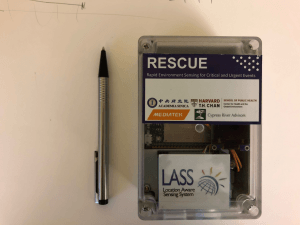
About the Study
In collaboration with Academia Sinica in Taiwan, we developed a sensor package designed for the characterization of acute exposures to particulate matter and volatile organic compounds during and after natural disasters. The RESCUE network (Rapid Environmental Sensing for Critical and Urgent Events) was capable of measuring four environmental parameters: Particulate Matter, Total Volatile Organic Compounds (TVOCs), temperature, and relative humidity and send data to a cloud server. The TVOC sensor is sensitive at the parts per billion level, and is able to remain operative for longer deployments without performance degradation.
We used the RESCUE network to characterize environmental exposures in homes affected by Hurricane Harvey in Texas. Our goal was to demonstrate the usefulness of these devices in detecting higher concentrations of the monitored parameters, with the intention of developing improved disaster response guidelines that protect human health.
Our Collaborators

Dr. Jose Guillermo Cedeño Laurent, MSc, ScD, is an assistant professor in the Department of Environmental and Occupational Health and Justice at Rutgers University. Cedeño Laurent also served as a resident faculty member of the Environmental and Occupational Health Sciences Institute within its Division of Environmental and Population Health Biosciences. Cedeño Laurent joins Rutgers after serving as the associate director of the Healthy Buildings Program at Harvard University, where he dedicated his work to climate change and health in the built environment.
Cedeño Laurent has focused his research on advancing the understanding of mechanisms by which climate changed-related environmental exposures impact health, productivity, and safety. He also leveraged the data collection potential of novel exposure assessment methods in intervention-based, quasi-experimental studies and strengthened the evidence linking energy efficiency opportunities in buildings to public health benefits. He has documented the negative impacts of indoor heat and indoor pollution exposures on cognitive function and developed ecologic momentary assessment tools to conduct prospective observational studies that combine environmental sensors and wearable devices.
iii. Occupational Chemical Exposures
Understanding Complex Exposure to Mixtures of Chemicals in Nail Salons
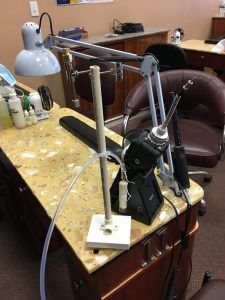
Nail salons are a staple small business in our society with a nail salon in almost every block of our cities. However, nail technicians are often disproportionally exposed to emissions from the nail products commonly used in the salons that contain complex mixture of chemicals, including volatile organic compounds used as solvents, semi-volatile organic compounds used as plasticizers, and metal traces that may come from colorants or metal finishes.
In collaboration with Boston University School of Public Health, the Centers for Disease Control and Prevention, University of Memphis, the MA Healthy Cosmetology Committee, and the Boston Public Health Commission, we had several pilot projects to understand the different exposures that nail technicians have during their work shift. We were validating new exposure assessment techniques with the use of biomarkers such as small thermal desorption tubes and silicone bracelets that are easy and non-intrusive samplers for this worker population. We were also understanding sources by characterizing composition and labeling of commonly used nail polishes. We aimed to understand these exposures better to be able to develop effective interventions and assess health impact on these workers and consumers.
Assessing Home Chemicals With Occupational Origin
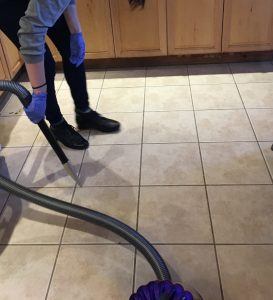
Informal work is becoming more common nowadays with the increase in temp agencies and part-time contracting. Workers doing dangerous work, often called “dirty jobs,” may be disproportionally exposed to chemicals at work. Informality of these jobs may compound this problem as they are commonly not trained or provided the resources to clean before going home, then they can inadvertently pass those chemicals to their families. Toxic chemicals in the home may affect children’s and elder’s health the most, as well as those with health vulnerabilities such as chemical sensitivities. We collaborated with the non-profits Massachusetts Coalition for Occupational Safety and Health (MassCOSH) and Vietnamese Social Services of Minnesota (VSS) of MN for reaching out to the workers in the Greater Boston area that most need this research. We also collaborated with the Biomonitoring Massachusetts Study to understand body burden of the workers and their families. We were validating new exposure assessment techniques to assess this called “take-home” exposures and developing training materials so that we can assess interventions to reduce these exposures.
Our Collaborators

Dr. Diana Ceballos is an assistant professor in the University of Washington Department of Environmental & Occupational Health Sciences. Her life’s passion is to address health disparities by identifying environmental factors that cause disease, injury or impairment. These factors range from emerging hazards related to new technologies to known hazards that are transferred to vulnerable populations, including workers in small businesses, minorities and workers in developing economies. She strives to better understand the connection between exposure to hazards in the workplace and the community, including in the home, where workers may transfer hazards to their children. Website: https://deohs.washington.edu/faculty/diana-ceballos
